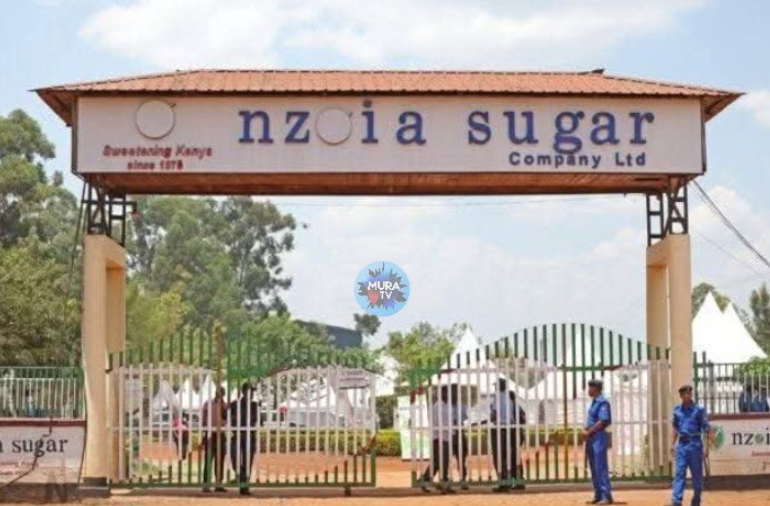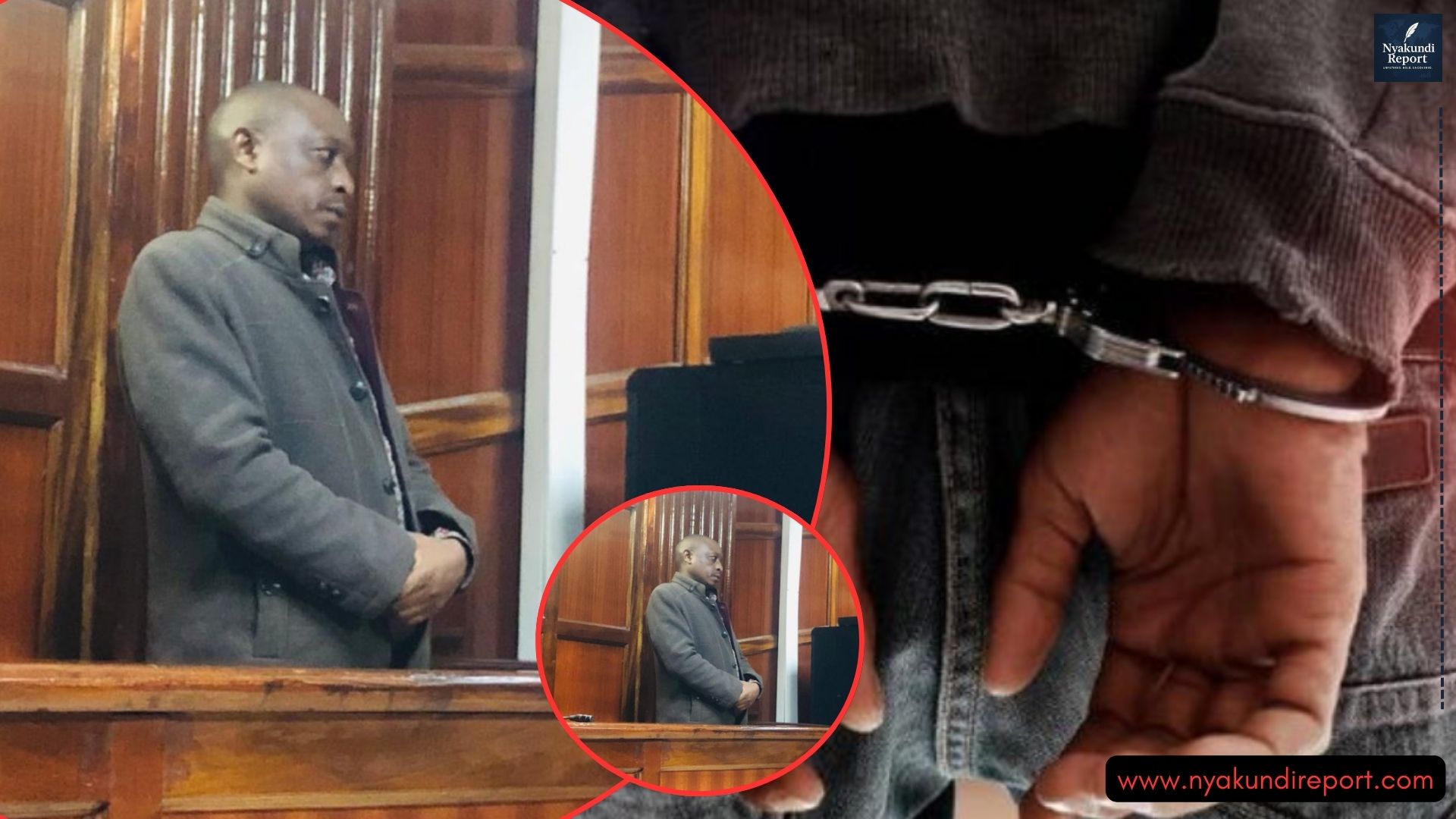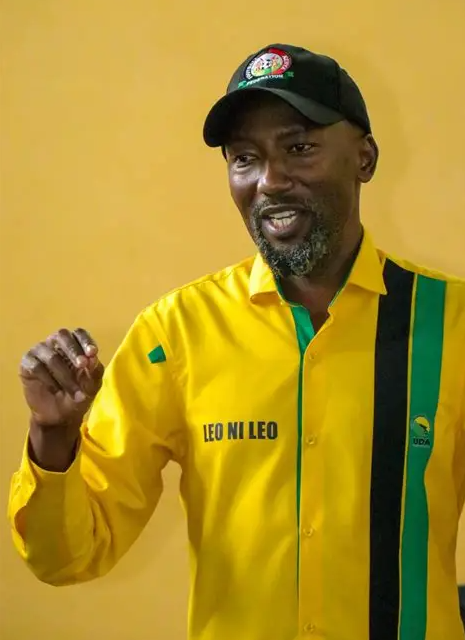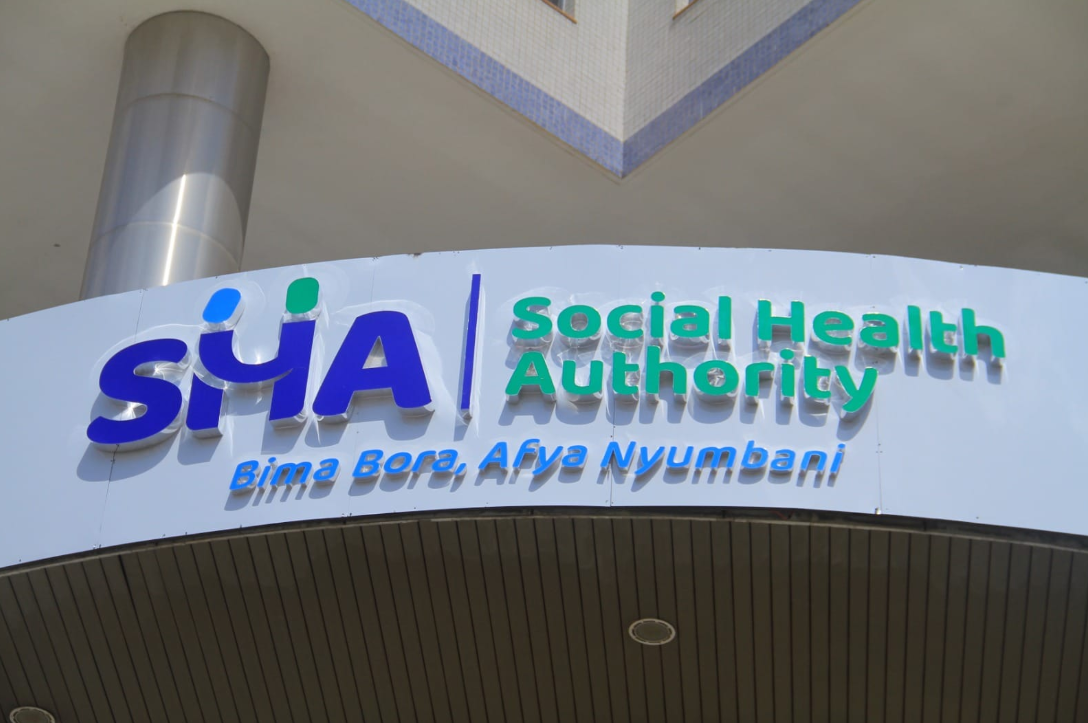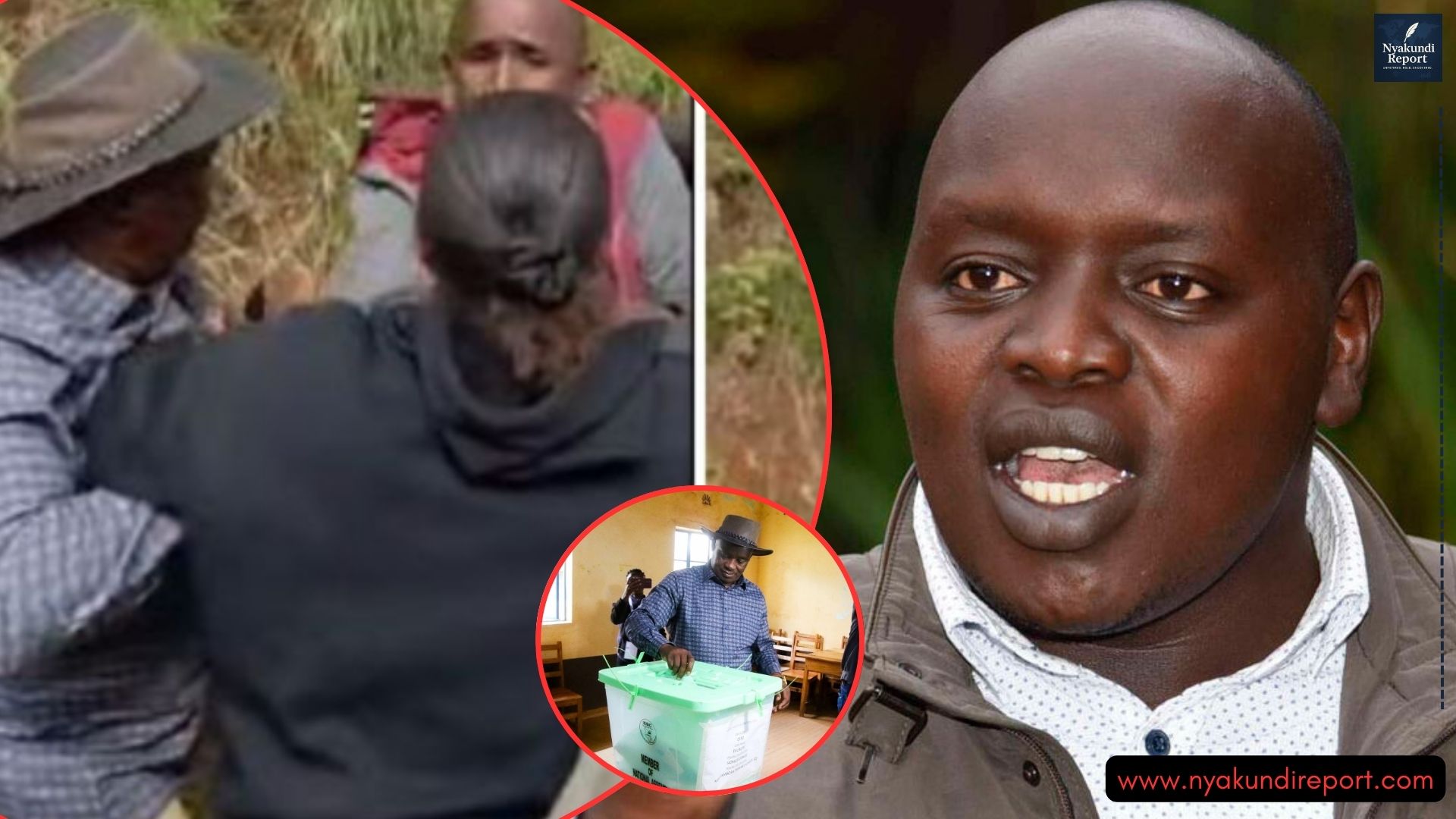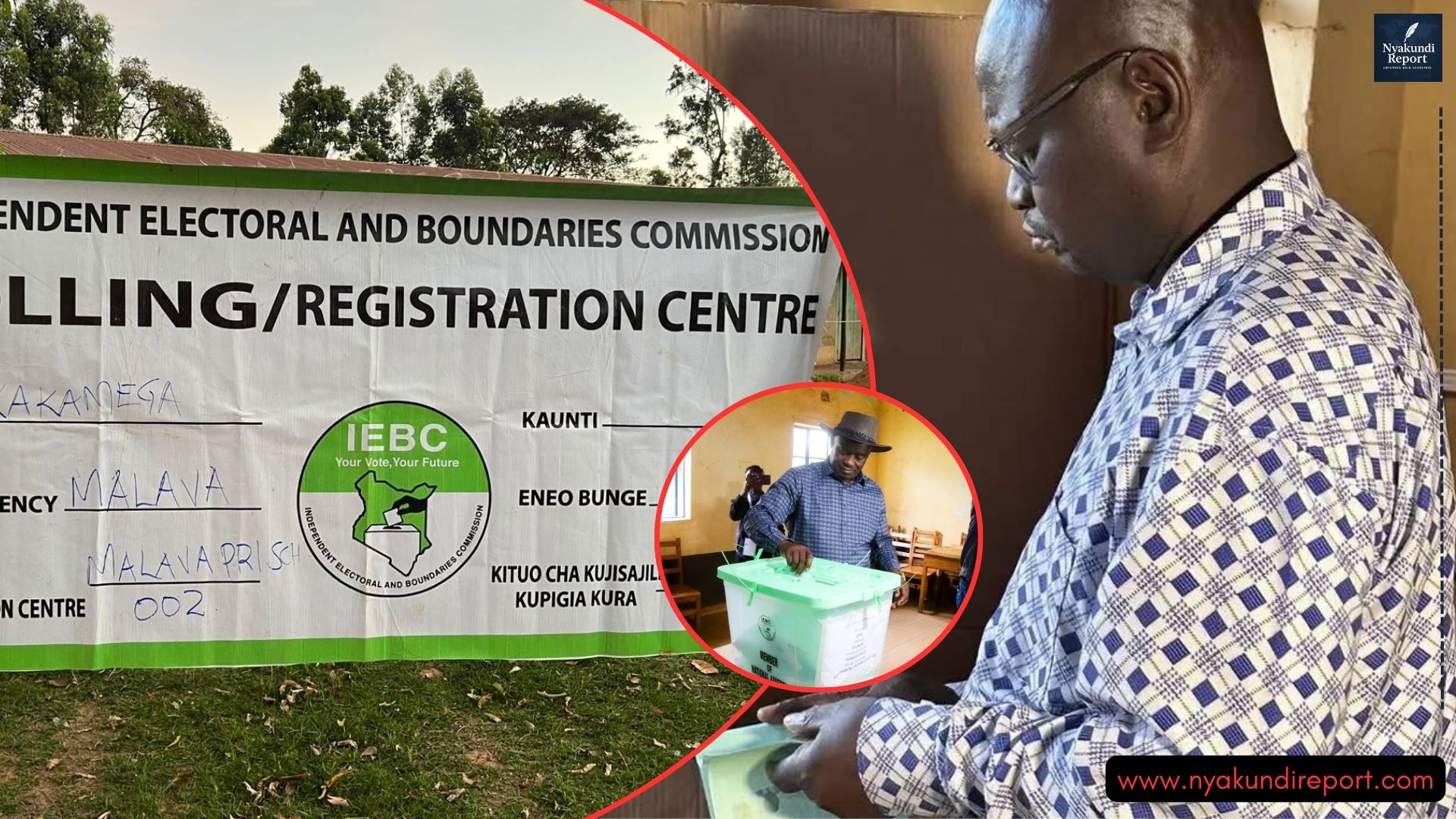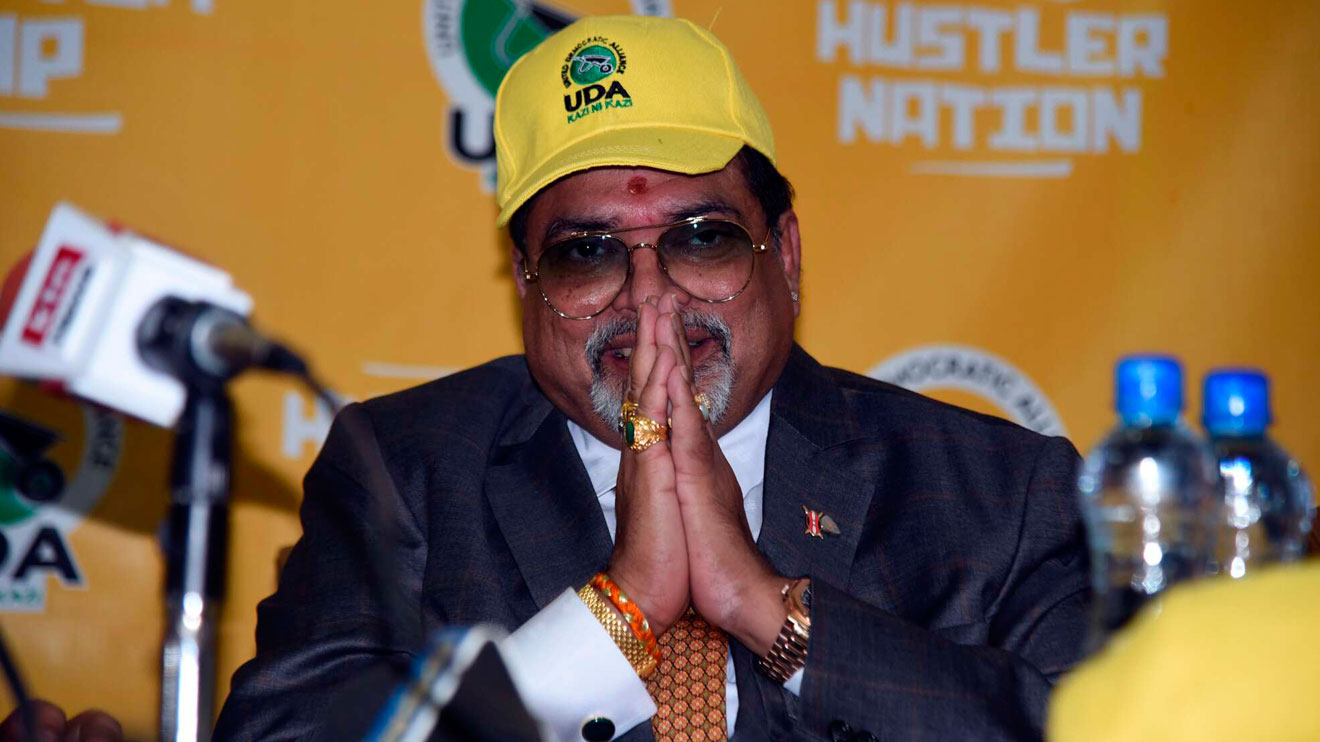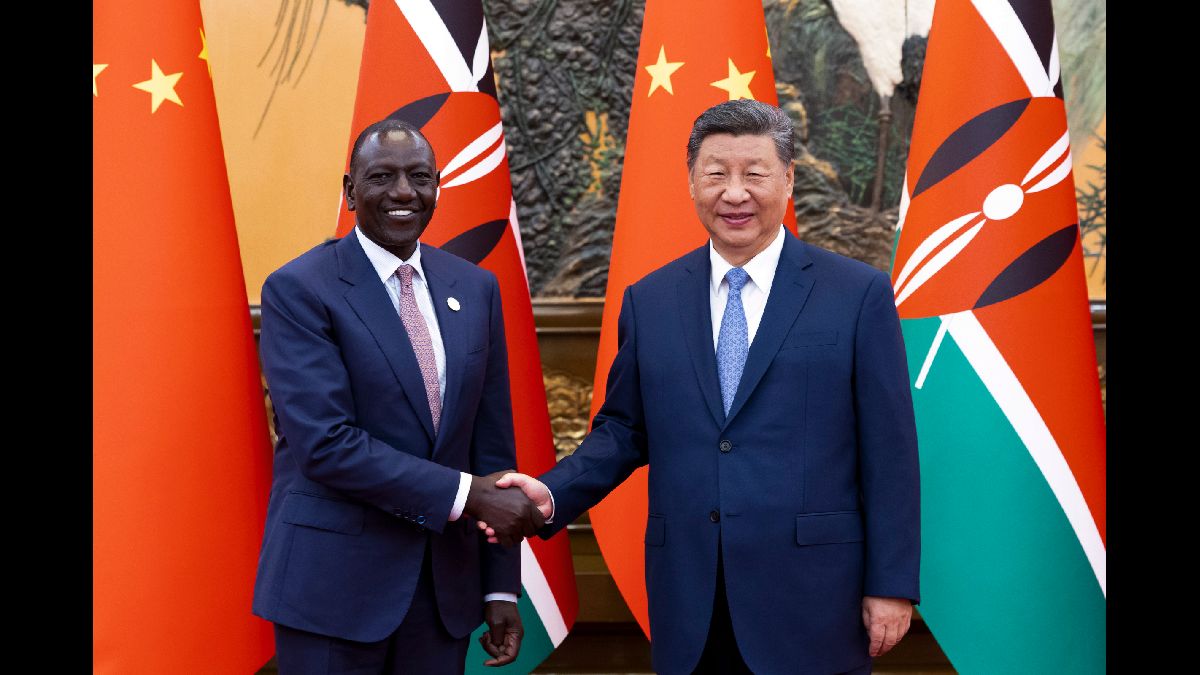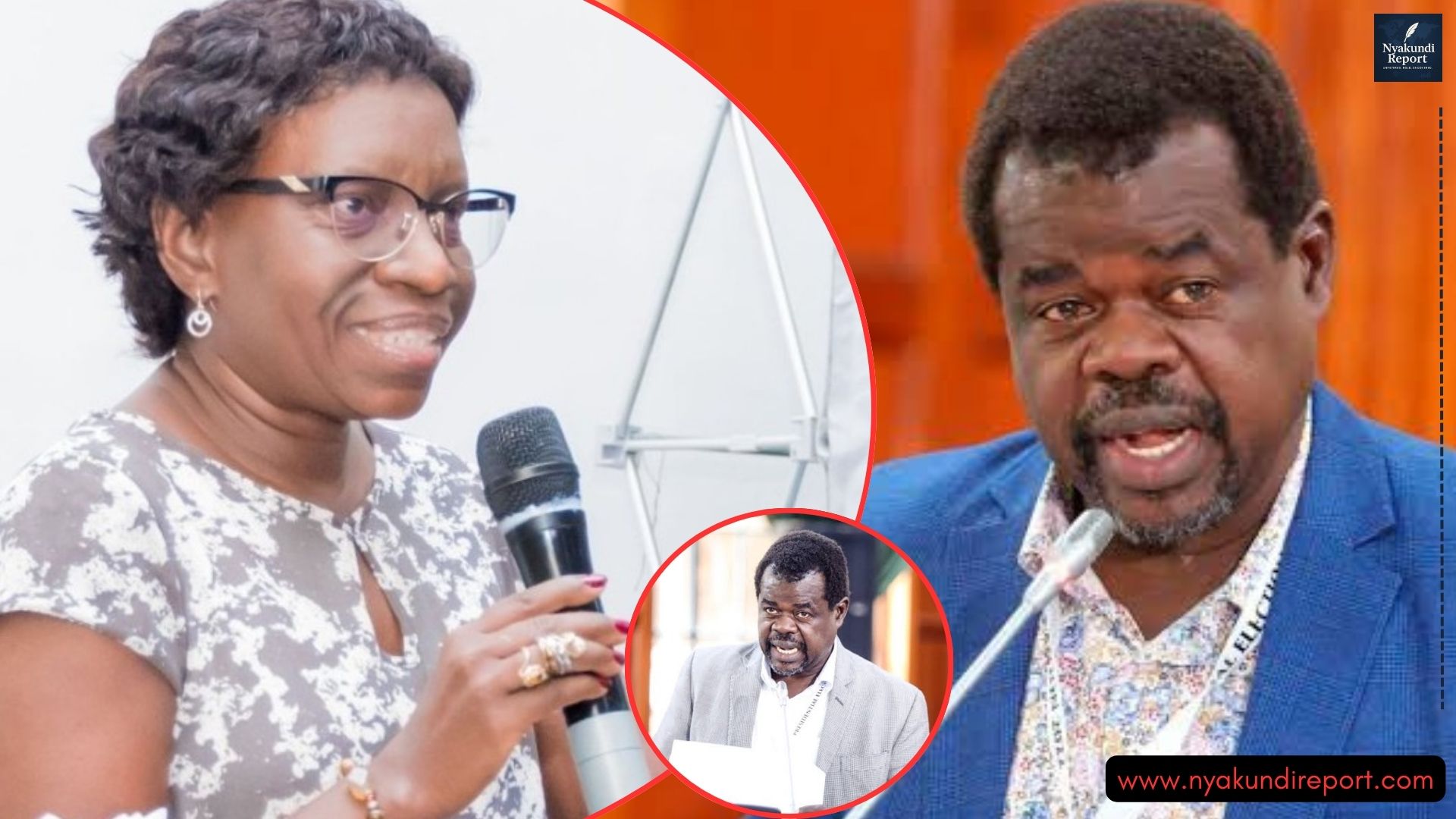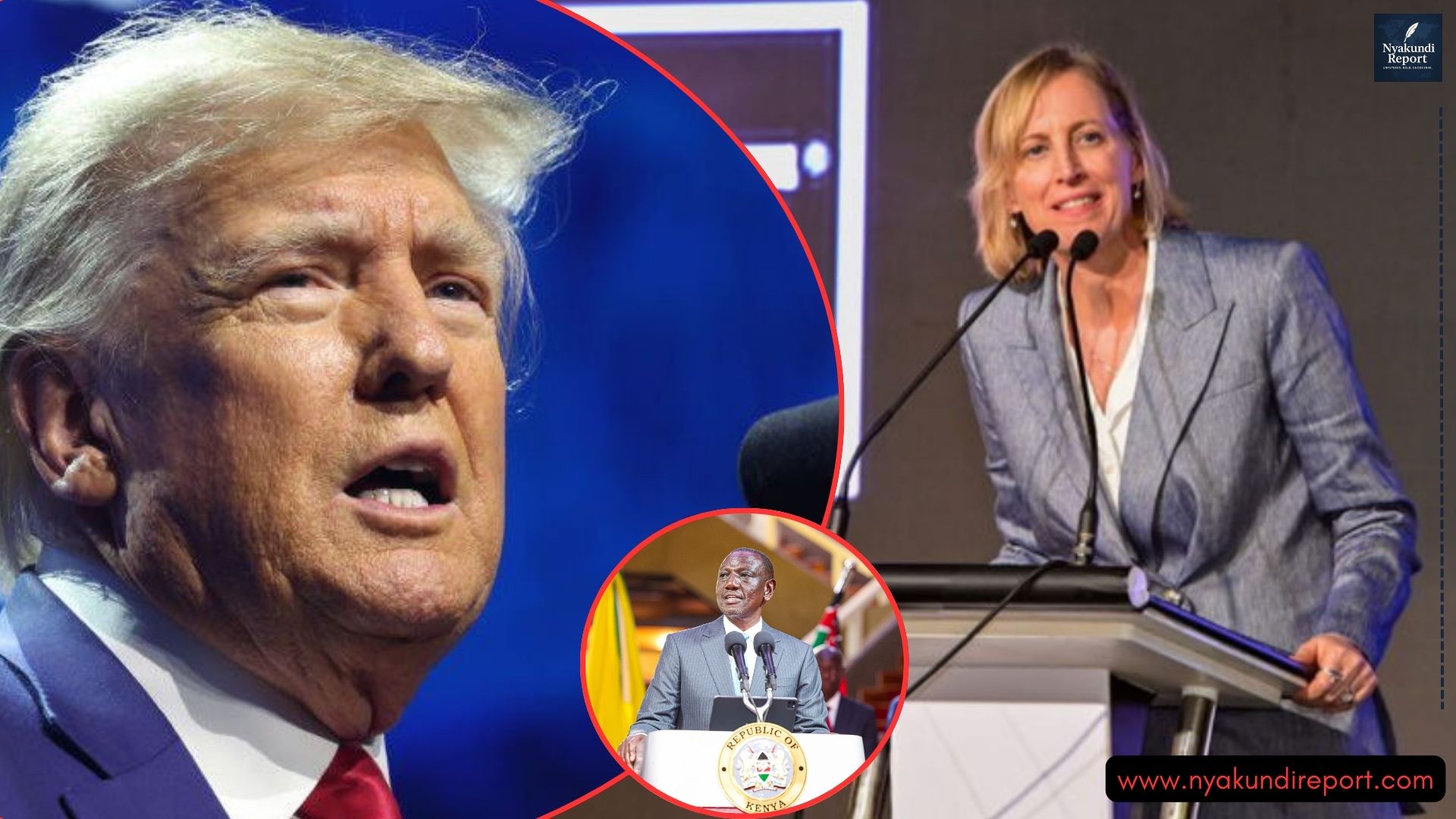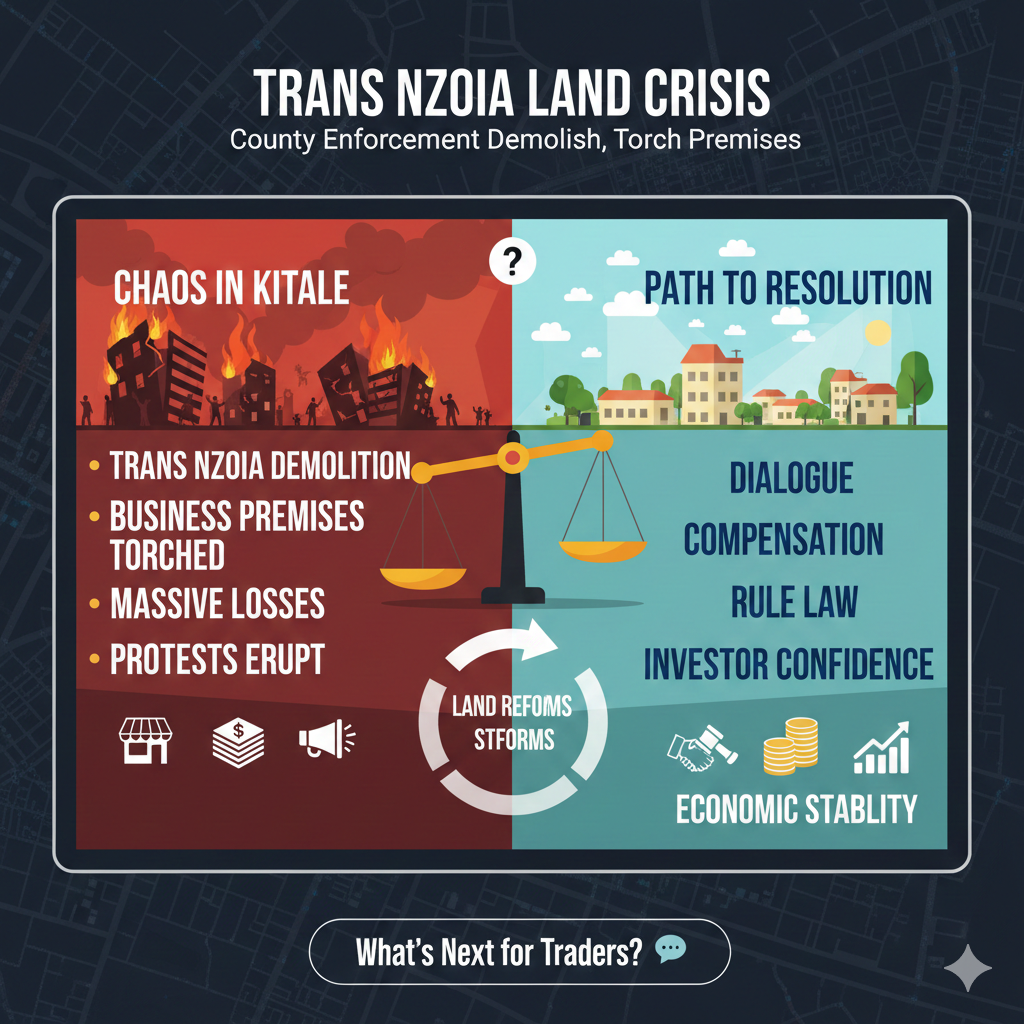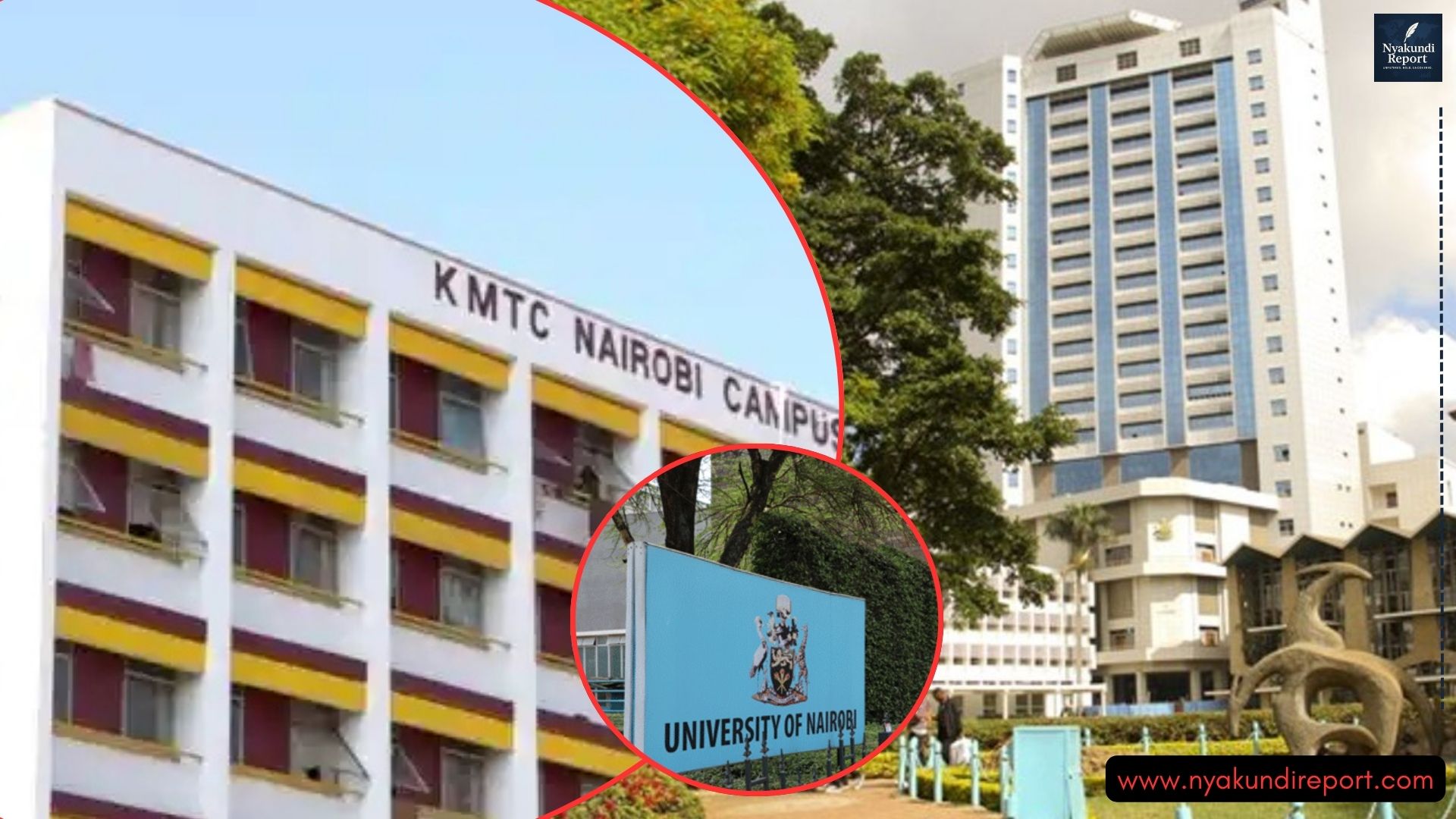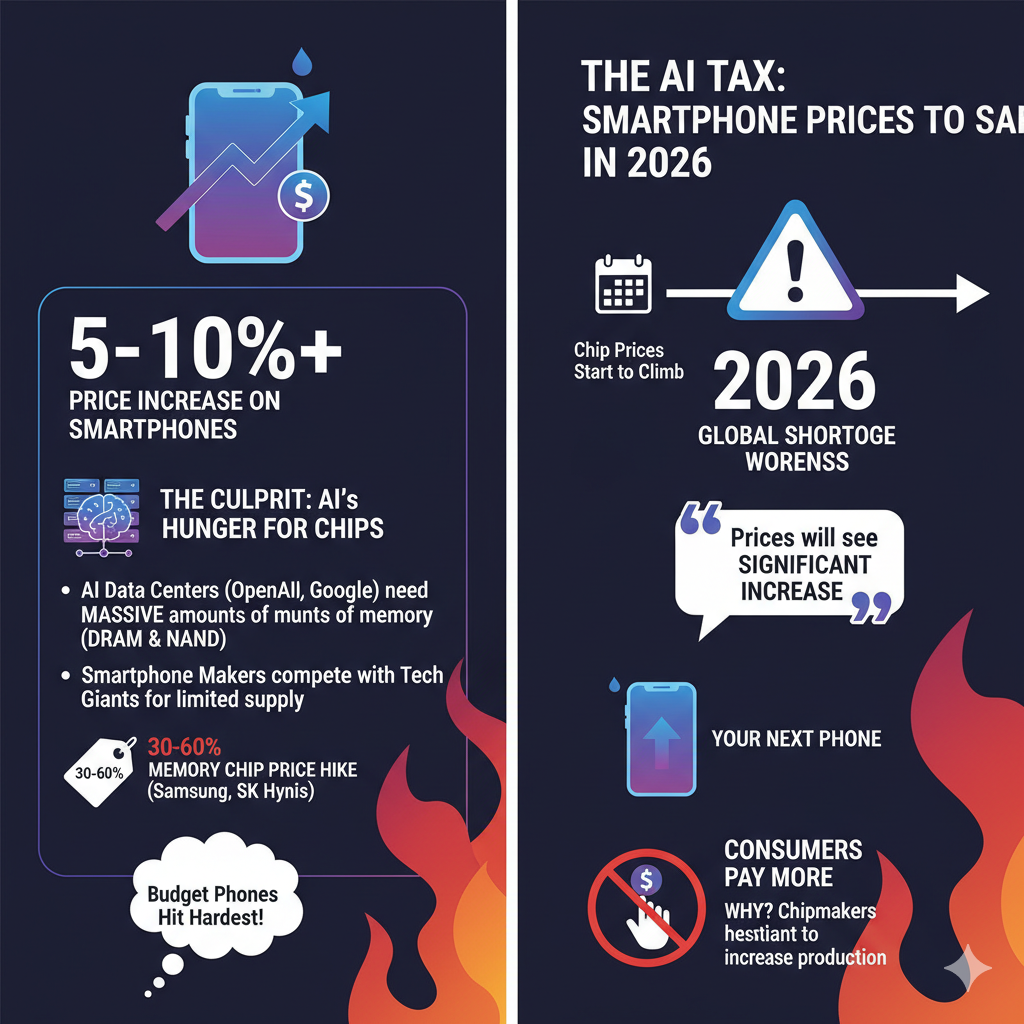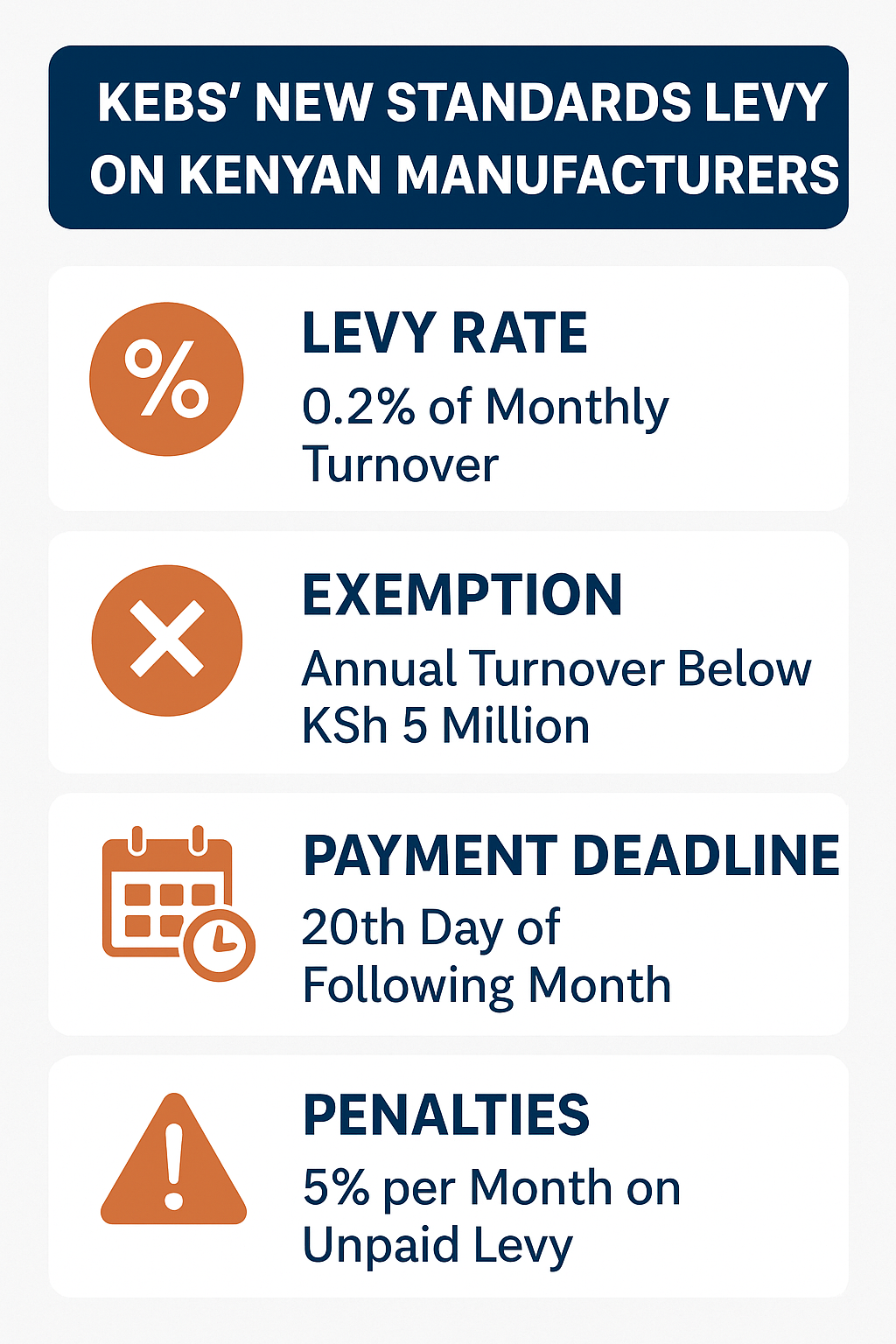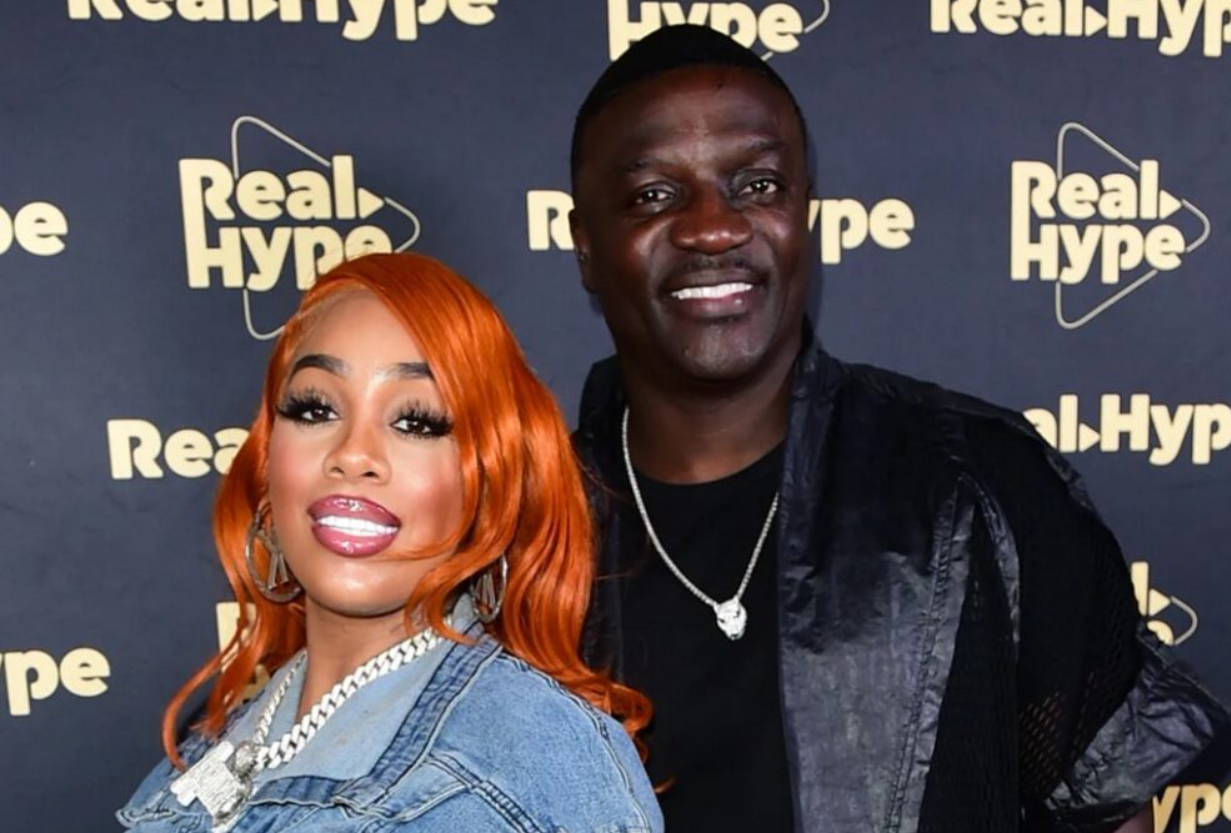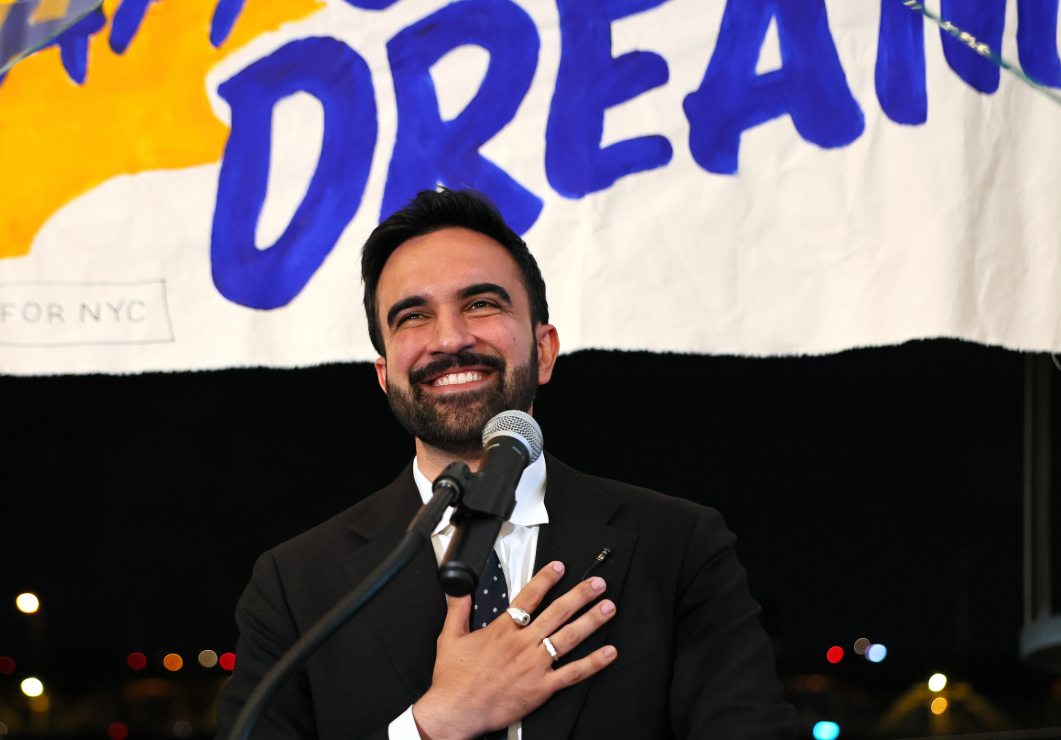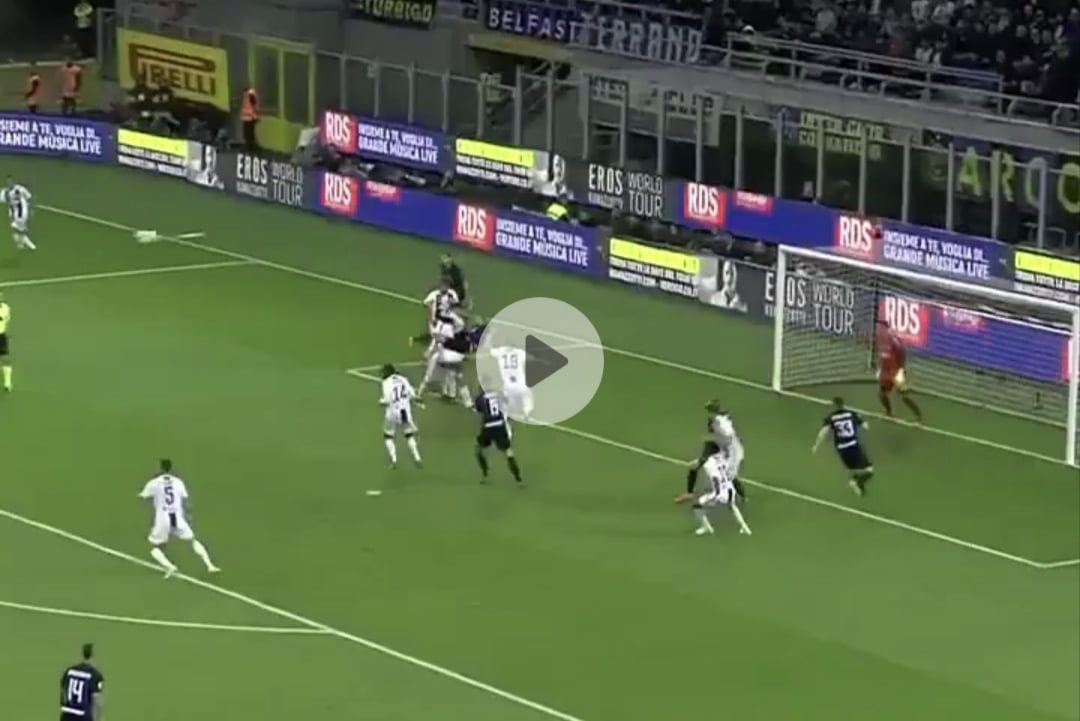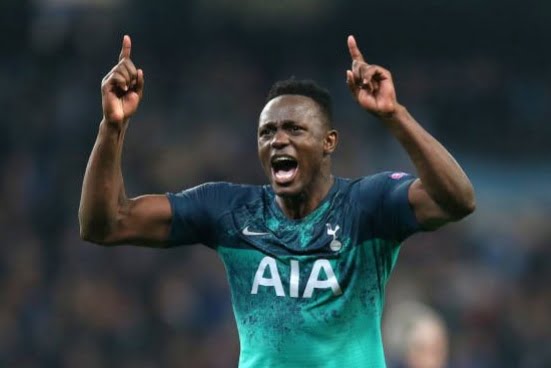Africa’s fastest man, Ferdinand Omanyala, has pulled out of the 2025 Diamond League Finals, delivering a major blow to Kenyan athletics. The finals, set to begin tomorrow in Zurich, Switzerland, will now miss one of the most anticipated sprinters on the track.
Omanyala announced on August 25 that he was forced to withdraw due to persistent hip, iliopsoas, and gluteal pain, marking yet another injury setback in a turbulent season.
His decision raises new concerns about Kenya’s representation and his own readiness for the upcoming World Athletics Championships in Tokyo.
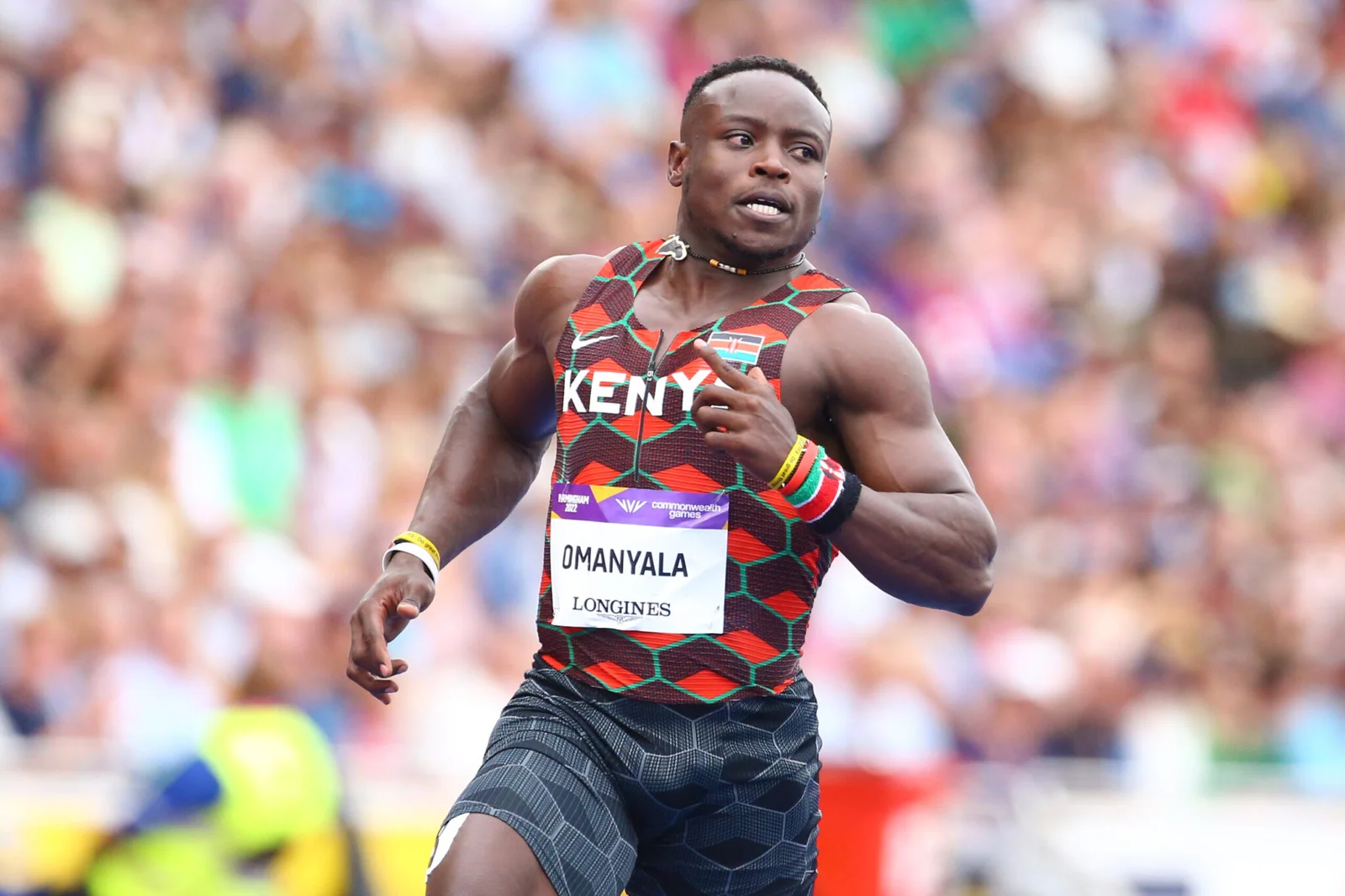
Omanyala 2025 Diamond League Finals Withdrawal Explained
Omanyala’s decision to step away from the Diamond League Finals comes after weeks of battling pain that has disrupted his training and performance. The sprinter confirmed that his condition worsened following the Kip Keino Classic, where he clocked 10.07 seconds to finish third behind Australia’s Lachlan Kennedy and South Africa’s Bayanda Walaza.
In his official statement, Omanyala explained that the pain had made it impossible to compete at the highest level:
“Due to recent hip, iliopsoas, and gluteal pain experienced over the past few weeks, I regret to inform you that I will be unable to participate in the Diamond League Finals 2025.”
The Kenyan athlete added that he hopes to regain full fitness before the World Championships in Tokyo on September 13. This has led many analysts to conclude that his withdrawal was more of a precautionary step than a career-threatening setback.
A Season of Mixed Performances
The 2025 athletics season has been anything but straightforward for Omanyala. He opened the year with a third-place finish at the ASA Grand Prix I in Pretoria before rebounding with victory in Johannesburg, where he clocked 10.08 seconds.
In March, he put up one of his most promising races of the year, sprinting to 10.09 seconds during Uganda’s National Trials. Yet, despite such flashes of brilliance, his Diamond League performances have been inconsistent.
He managed runner-up positions in both Xiamen, China, and Rabat, Morocco, but faltered in Shanghai, finishing last. That poor result raised questions about whether he was battling deeper physical or technical challenges.
Omanyala himself admitted to struggling with his transition phase—one of the most vital aspects of the 100m sprint. His inability to maintain explosive acceleration from start to finish has been evident in several key races this year.
Why the Injury Matters for Omanyala and Kenya
The hip, iliopsoas, and gluteal regions are crucial to sprinting because they control stride power, stability, and speed. For elite athletes like Omanyala, even a mild injury can derail performance. Medical experts suggest a recovery period of one to three weeks for mild strains, while moderate strains may take up to six weeks to heal.
With the World Championships less than three weeks away, Omanyala’s injury places him in a race against time. Missing Zurich may help protect his long-term prospects, but it also leaves Kenya without its fastest sprinter at the Diamond League Finals.
This absence magnifies Kenya’s reliance on its middle- and long-distance runners. Athletes like Faith Kipyegon, who will compete in both the 1500m and 5000m, and Beatrice Chebet, the world record holder in the 5000m, now carry much of the country’s medal hopes heading into Tokyo.
For Omanyala, the withdrawal is not just about physical health but also about strategy. Competing injured in Zurich could have jeopardized his entire season. By choosing recovery over immediate competition, he keeps alive his chance of making a strong comeback at the global stage.
Kenyan fans will be disappointed by his absence in Zurich, but the sprinter’s focus now shifts to the World Championships in Tokyo, where he hopes to prove that he remains Africa’s fastest man. Whether this setback turns into a temporary hurdle or a defining moment in his career will be revealed in just a few weeks.

